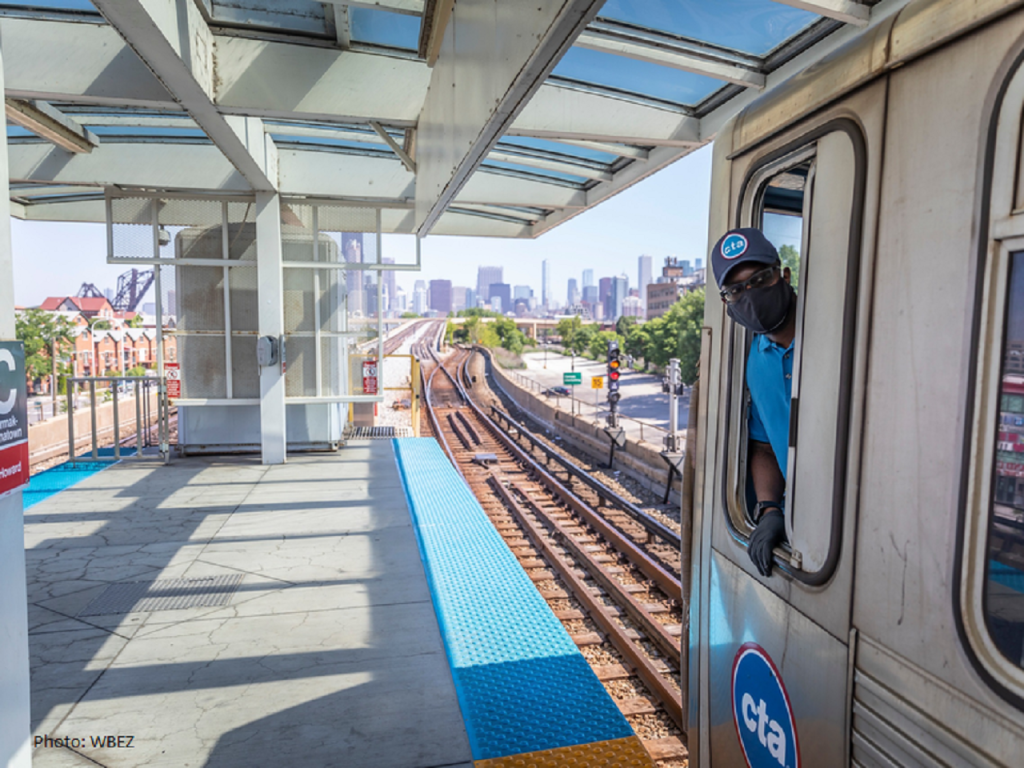The following is an organizational statement from Active Transportation Alliance Executive Director Amy Rynell.
For more on the shutdowns, see Lynda Lopez’s blog post, The needless harm done by shutting down public transit.
Public transit provides access to opportunities for thousands of working-class Chicagoans. Buses, trains, paratransit, and bike share connect people to their jobs, healthcare appointments, grocery stores, and their families. When it’s taken away, riders are cut off from where they need to go or forced to pay much more for a taxi or ride-hailing trip.
The repeated evening and overnight shutdowns of CTA, Divvy, and paratransit service in the downtown area sets an alarming precedent. City officials are making this call without providing the public a clear understanding of why severely limiting mobility across the city is necessary. The decision-making process is neither transparent nor inclusive of the many types of people impacted by it.
____________________________________________________
Chicago residents: Take action now to stop transit shutdowns.
____________________________________________________
Think of the Roseland resident who rides the Red Line downtown to work the night shift in building maintenance or security. Or the Garfield Park resident who rides Divvy to work the early shift at a Loop coffee shop. Or the Avondale resident who rides the Blue Line to work overnight at a downtown healthcare center or nursing home. Or the Chinatown resident with a disability who needs paratransit for any planned and unplanned trips outside the home.
Black and Brown people — who are more likely to ride transit and less likely to work a 9-to-5 job — are disproportionately impacted by these shutdowns. The city’s most vulnerable residents without access to a car suffer the most. Why? For what purpose? What does shutting down transit accomplish?
Chicagoans need answers. Residents deserve to know more about why this is happening, how the decision is being made, and whether it will happen again. Shutting down public transit and cutting off access for thousands of Chicagoans cannot become a regular, accepted city practice.


